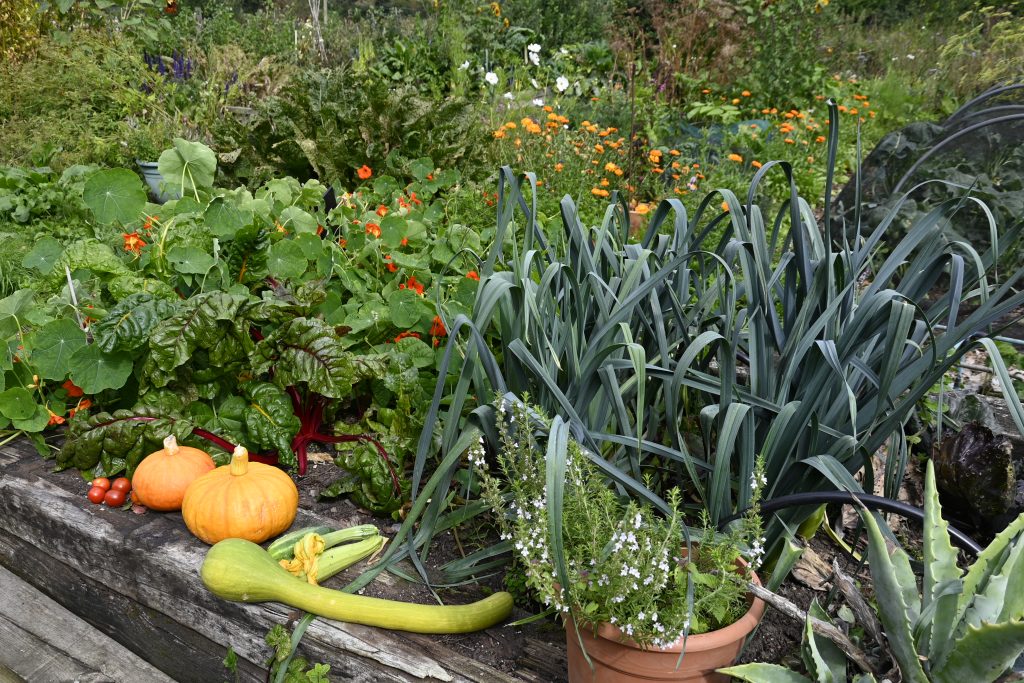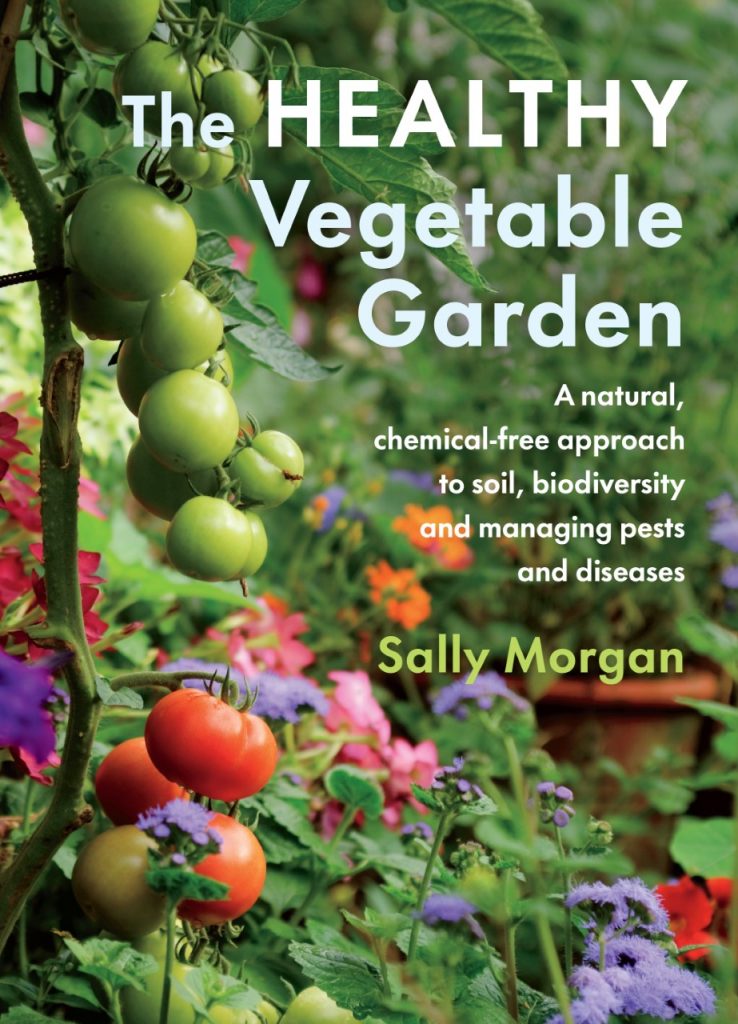
We all know that fruit and veg in the diet is good for our health but its worrying to learn that the fruits and vegetables that we eat today may not deliver as many micronutrients as they once did.
Research has shown that the nutrient content of vegetables grown under intensive cultivation may contain far fewer vitamins and minerals than those grown using more traditional methods 60 years ago. The study published in Journal of College of Nutrition by Donald Davis et al (2004) studied USDA nutritional data for 43 different veg and fruits from 1950 and 1999 and found there had been a steady decline in the levels of protein, calcium, phosphorus, iron, vit B2 and vit C. There have been other studies too. A paper in the British Food Journal in 1980 found falling calcium, iron and potassium levels in vegetables.
The reasons are complex. Its partly due to soil depletion through intensive agriculture, the use of artificial fertilisers and pesticides which leads to a soil with less soil life and also plant breeding.
While fruit and vegetables still deliver the nutrients that we require, few studies have looked at the levels of phytochemicals – the chemicals that plants produce to help in their defence against pests and disease. They include substances such as carotenoids, polyphenols, flavonoids and lignans. And many of these are essential to our own health, acting as antioxidants, anti-inflammatories and antimicrobials, and are particularly important for our gut health.
Why?
Modern intensive agriculture aims for productivity. In order to achieve more crop in less time, soils are given fertilizers rich in nitrogen, phosphorus and potassium (the main nutrients required by plants) and sprayed with pesticides and fungicides. Its not surprising that this affects soil life adversely and, in turn, has a detrimental effect on plants.
Modern plant breeding is focused on delivering crops with fast growth rates, high yields and disease resistance, often to the detriment of offer features such as the levels of phytochemicals. Its interesting to compare modern varieties of vegetable with foraged wild plants. Wild dandelion, for example, has 7 times more phytochemicals than spinach.
Breeders have tended to opt for sweeter and milder flavours, modern varieties of carrots, for example, have much higher sugar levels compared with heritage types. Sweet corn has been much ‘improved’. Traditional Indian corn with kernels that come in a with a variety of colours is rich in anthocycanins while modern ‘supersweet’ varieties have a high sugar content, in some case 40 per cent sugar content. Those vegetables with a high phytochemical content tend to be more bitter and less palatable, especially to children, for example cabbages and spinach and as a result are less popular.
What can you do?
The best way to ensure you are eating the healthiest fruits and vegetables is to grow your own. That way you can choose to grow varieties that are rich in phytochemicals. For example, grow colourful Indian corn and purple carrots, sow rocket rather than lettuce and purple-podded peas instead of the green ones. And of course, nurture your soil by adding compost to feed the soil life and grow organically, which means avoiding the temptation to use pesticides, fungicides and weedkillers.
You don’t have to have a garden or an allotment to do this, you can grow a surprising quantity of vegetables on a balcony or patio. And if you can’t, then look for organically produced foods which have not been sprayed and where growers build fertility in soil by adding compost or farmyard manures or growing crops such as clover, vetch, peas and beans that add nitrogen to the soil by natural means.
Wildlife benefits
It’s not just our health that benefits from healthy soils and crops. Gardens and allotments cover a surprising amount of land and by nurturing our own green spaces and growing food, we can also help to combat climate change and boost nature too.
All your garden and kitchen waste can be recycled on the compost heap and the resulting compost added to your soils to increase the carbon content, a process called carbon sequestration. This locking up of carbon in the soil helps to reduce the affects of climate change.
Its the same with biodiversity. A vegetable plot with a mix of different crops together with some flowering plants, such as nasturtium, marigolds and sunflowers, will attract in a wealth of insect life and these in turn will bring in larger predators such as frogs, toads and birds. Don’t worry about the weeds, plants like dandelion, nettles, speedwells etc are beneficial too, and will help to improve the biodiversity of the area.
With covid impacting on many aspects of our daily lives, its been clear that green spaces have proved to be essential for our well being. Research by the Royal Horticultural Society together with the University of Sheffield and University of Virginia has found that people who garden every day have higher well being scores and less stress than those that do not garden. It’s on a par with regular exercise such as cycling or running. Its lead author Dr Lauriane Chalmin Pui said: ”When gardening, our brains are pleasantly distracted by nature around us. This shifts our focus away from ourselves and our stresses, thereby restoring our minds and reducing negative feelings”.
So there are many reasons why getting outside and spending time in the garden growing a few vegetables can be so important for our well being, both physical and mental.

Sally Morgan is author of The Healthy Vegetable Garden, published by Chelsea Green on 2 September.

Comments are closed.